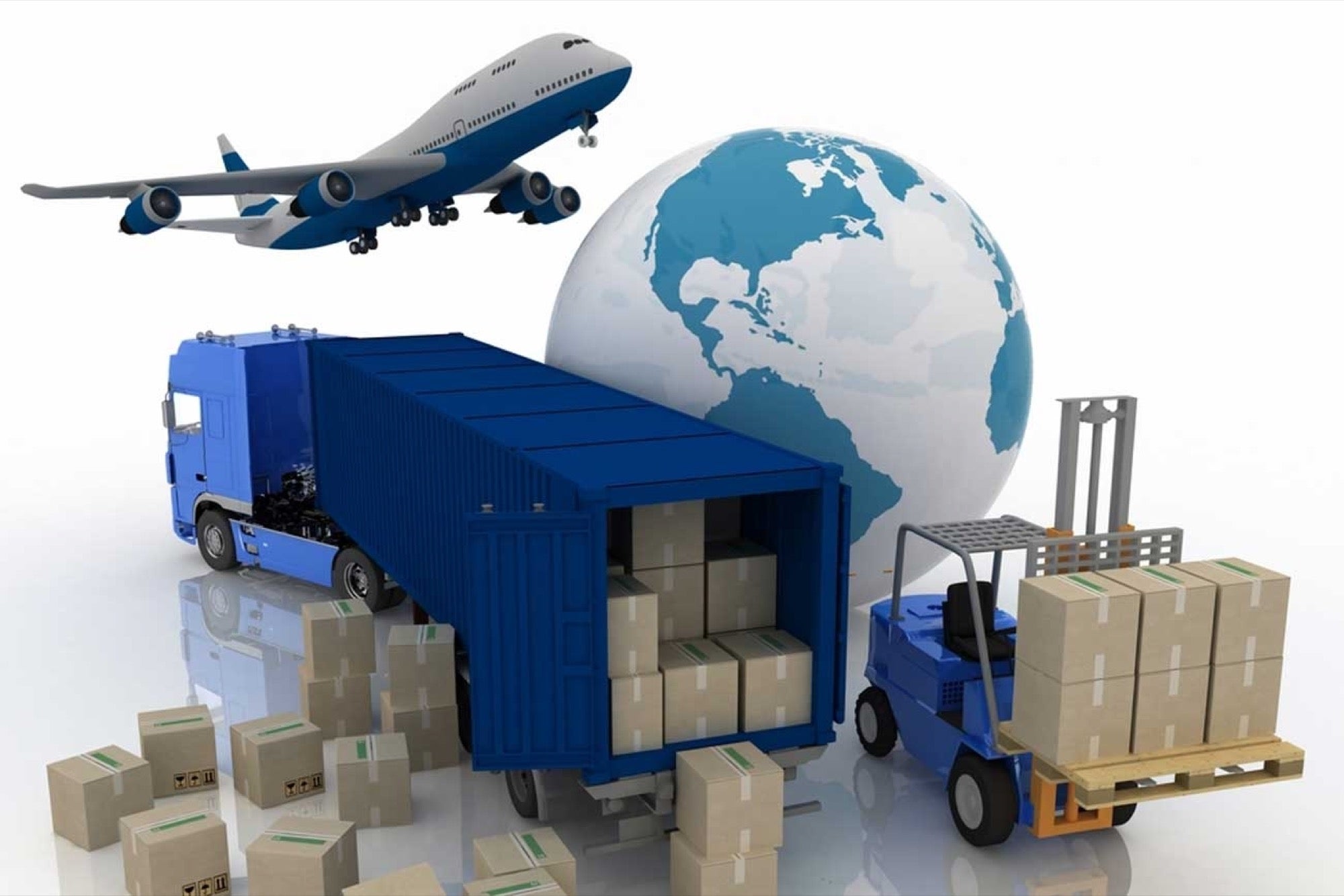Here are the Latest Trends in Logistics & Supply Chain Industry The growing need to embrace intelligent analytics tools and tools that provide real-time visibility of ground level activities will keep gaining traction
Opinions expressed by Entrepreneur contributors are their own.
You're reading Entrepreneur India, an international franchise of Entrepreneur Media.

Here we are right in the middle of 2019 and this might be a good time to take a quick look at the key trends that are shaping logistics and supply chain and how different industries are adopting new technologies to transform their logistics and supply chain operations. Let us see 3 key trends in each industry.
eCommerce:
The boom doesn't show any signs of slowing down and with competition reaching a feverish peak, players are now leaving no stone unturned to breakeven and profit maximization trying to take full advantage of the boom.
Drone deliveries: Although it may take a while for drone deliveries to become mainstream, there are so many players offering it to their customers. This not only helps minimize delivery costs in the long-term but also helps expedite deliveries and puts them off problems such as traffic delays, availability of delivery staff etc.
Reverse logistics: Brands are focussing more and more into streamlining reverse logistics both as a process and an experience to customers. The process changes are to optimize the effort and cut costs. The customer experience is to ensure the loyalty of customers and make it a seamless process so that they come back to them for repeat business.
Flexible scheduling: In their attempt to enhance customer experience, brands are offering flexible delivery scheduling options. Customers can reschedule deliveries as per their convenience and delivery operations would be based on that.
Retail:
Multi-channel retail is the new normal in urban centres. With this being the trend, the entire landscape of ordering and picking up is changing drastically with several new modes of ordering and delivering evolving. Here are some of the trends in the logistics and supply chain sphere that is changing:
Omni-channel fulfilment: With omni-channel retail, omni-channel fulfilment becomes a key requirement. We say many of the major retailers across the globe taking this approach to ensure that they execute order fulfilment on-time in-full irrespective of mode.
Static routing: For regular home deliveries of essential supplies like milk, eggs and the likes, the adoption of static routing to standardize deliveries and avoid redundancy.
Always available inventory: The way people buy groceries have changed. They are ordering less but more frequently. Retail stores that provide packaged food and groceries need to manage logistics better to constantly ensure they never go out of stalk.
Manufacturing:
Industry 4.0 have been driving manufacturing firms to introduce digitization in research and development processes, demand planning, warehousing and equipment maintenance. Having said that, an imminent trend that's been observed is the rapid adoption of technologies like machine learning, predictive intelligence, automation, data analytics and IoT in core supply chain and logistics processes.
Reducing risks: Manufacturers are leveraging predictive intelligence to mitigate risks by eliminating chances of theft and pilferage. This empowers businesses like cement manufacturers to adhere to on-time and in-full standards.
Efficient route planning: Manual methods of planning routes for long haul deliveries have been plaguing manufacturing businesses for decades. Lack of visibility of delivery fleet caused further inefficiencies. The growing need to embrace intelligent analytics tools and tools that provide real-time visibility of ground level activities will keep gaining traction.
Accurate ETAs: Unproductive man-hours of on-sight engineers are often a result of delivery stakeholders not knowing when raw materials will arrive. In other words, customers dependent on manufacturing firms to start production have been dealing with inaccurate ETAs for a long time. Therefore, it's imperative for businesses to leverage tools that keep customers updated on delivery status in real-time and help delivery stakeholders manage exceptions better to adhere to ETAs.
Post and Parcel:
Technology disruption has been impacting the post and parcel industry for a long time. The trends that we see in this industry are majorly driven by the need to become more customer-centric and profitable.
Shorter delivery cycles: Today customers are paying more to get their orders delivered faster. In that case, to ensure highly efficient routes, the need for post and parcel business to leverage real-time and dynamic route planning technologies will only get more acute.
Lower logistics costs: Keeping customers satisfied is only one part of the story. Keeping a check on operational expenses is equally important. Hence, automating key supply chain processes like task allocation, job scheduling and route planning to eliminate investments in manual resources and scale at the same time will become an important driver of technology adoption.
Ensure address accuracy: In the Middle East and some Asian countries locating the exact address of a customer is a major challenge. Thousands of dollars get wasted in manually locating addresses. Hence, post and parcel businesses are gradually investing in tools with geo-location capabilities.
In a nutshell, the rest of 2019 will witness a lot of businesses across disparate verticals leverage disruptive technologies to enhance and optimize the way they have been executing deliveries. But just like the year started, customer centricity and increasing profitability will be major drivers of technology adoption












